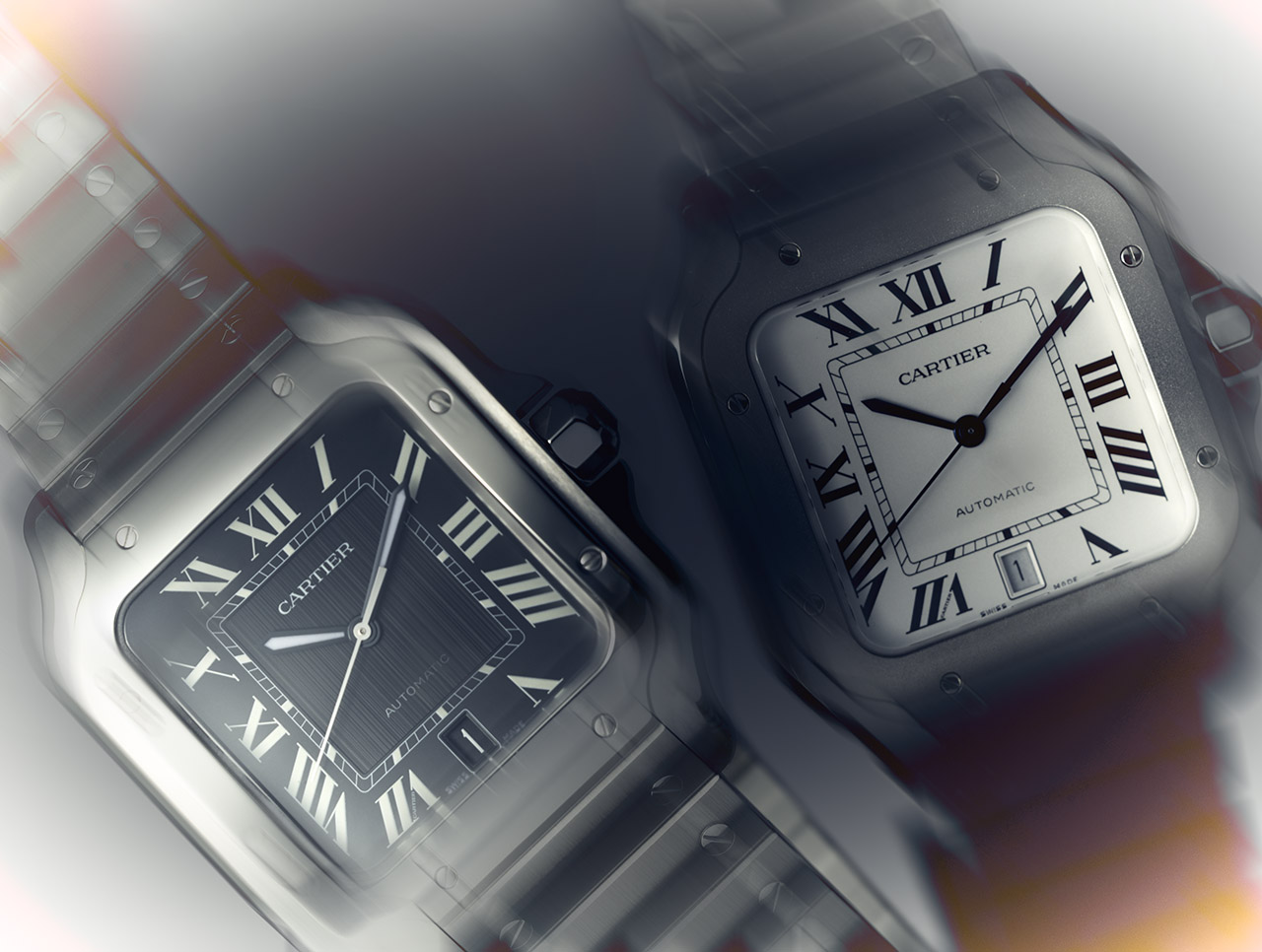Copenhagen, Denmark, 7 November 2025, – Satair, an Airbus company, has entered into an agreement to acquire Unical Aviation Inc. (“Unical”), a global aircraft parts and components supplier of Used Serviceable Material (USM) and its subsidiary ecube, a global expert in aircraft storage, disassembly, and transition services. This strategic acquisition represents a significant milestone in Satair’s strategy in the USM space, and reinforces its commitment to providing comprehensive and integrated aftermarket solutions.
The acquisition includes Unical’s and ecube’s seven operational sites and offices across North America, Spain, and the United Kingdom, with combined 2024 revenue of $298 million and headcount of 413, adding a strategic expansion to Satair’s global footprint.
The transaction is subject to the customary regulatory approvals and is expected to be finalised in early 2026.
Both the expertise and infrastructure of Unical and ecube across will play a key role in enhancing Satair’s capabilities as a reliable provider of USM solutions, complementing its current offering supported by its subsidiary, VAS Aero Services – acquired by Satair in 2022 – and leveraging VAS’s capabilities across engine, multi-fleet USM and end-of-life support.
Richard Stoddart, CEO of Satair and Head of Airbus Material Services, said: “We are absolutely delighted to welcome Unical and ecube to Satair.” He added: “At its core, this acquisition is about enhancing aircraft lifecycle management capabilities in the aerospace aftermarket. Prolonging the lifespan of material resources is essential – not only is it the most effective way to maximise the value of assets, it is also integral to establishing responsible material practices that benefit both our customers and our industry’s long-term future.”
Sharon Green, CEO of Unical, commented: “We are delighted to join forces with Satair. This partnership marks a pivotal moment for Unical, and I have full faith that together we will unlock significant value for our customers, employees, and stakeholders. As a global leader in USM and a premier provider of aircraft storage, disassembly, and transition services, Unical and ecube are a powerful and natural match for Satair’s ambitions in services growth, material availability, and sustainability. We’re proud of what we’ve built—and even more excited for what’s ahead.”






